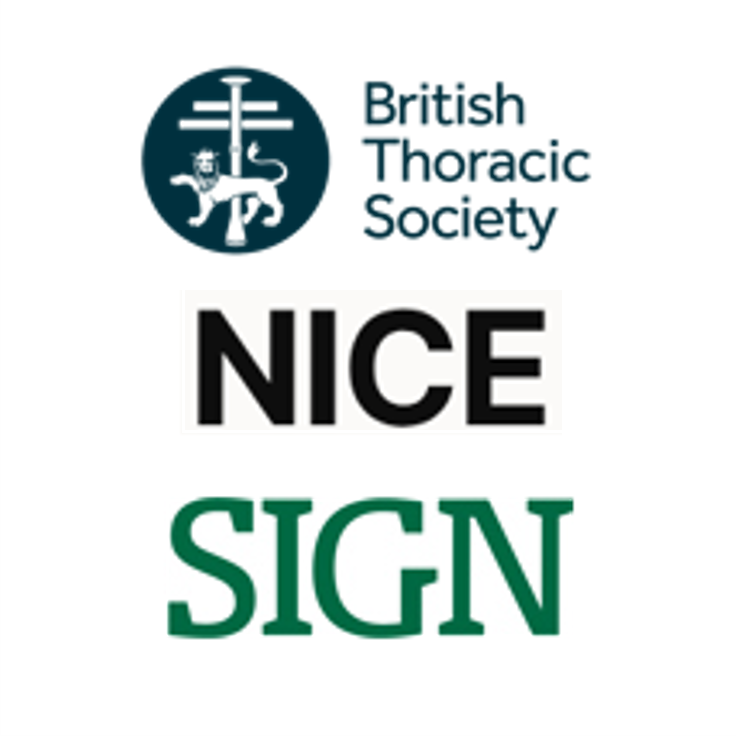Recognition of acute asthma
Definitions of increasing levels of severity of acute asthma attacks are provided in the table below. Predicted PEF values should be used only if the recent best PEF (within two years) is unknown.
Self treatment by patients developing acute or uncontrolled asthma
Patients with asthma, and all patients with severe asthma, should have an agreed written PAAP and their own peak-flow meter, with regular checks of inhaler technique and adherence. They should know when and how to increase their medication and when to seek medical assistance. Written PAAPs can decrease hospitalisation for,166 and deaths from asthma (see the section on self-management).573
Initial assessment
All possible initial contact personnel, for example practice receptionists, ambulance call takers, NHS 111 (England and Wales), NHS 24 (Scotland), and out-of-hours providers, should be aware that asthma patients complaining of respiratory symptoms are at risk of becoming seriously unwell very quickly. Such patients
should have immediate access to a healthcare professional trained in the emergency treatment of asthma. The assessments required to determine whether the patient is suffering from an acute attack of asthma, the severity of the attack and the nature of treatment required are detailed in the tables below. It may be helpful to use a systematic recording process. Proformas have proved useful in the ED setting.574
Levels of severity of acute asthma attacks in adults
Moderate acute asthma
- Increasing symptoms
- PEF >50–75% best or predicted
- No features of acute severe asthma.
Acute severe asthma
Any one of:
- PEF 33–50% best or predicted
- respiratory rate ≥25/min
- heart rate ≥110/min
- inability to complete sentences in one breath.
Life-threatening asthma
SpO2 <92% plus any one of the following in a patient with severe asthma:
Clinical signs
Measurements
- Altered conscious level
- Exhaustion
- Arrhythmia
- Hypotension
- Cyanosis
- Silent chest
- Poor respiratory effort
- PEF <30% best or predicted
- PaO2 <8 kPa
- ’normal’ PaCO2 (4.6–6.0 kPa)
Near-fatal asthma
Raised PaCO2 and/or requiring mechanical ventilation with raised inflation pressures
- SpO2: oxygen saturation measured by a pulse oximeter
- PaO2: partial arterial pressure of oxygen
- kPa: kilopascals
- PaCO2: partial arterial pressure of carbon dioxide
Prevention of acute deterioration
A register of patients at risk may help healthcare professionals in primary care to identify patients who are more likely to die from their asthma. A system should be in place to ensure that these patients are contacted if they fail to attend for follow up.
